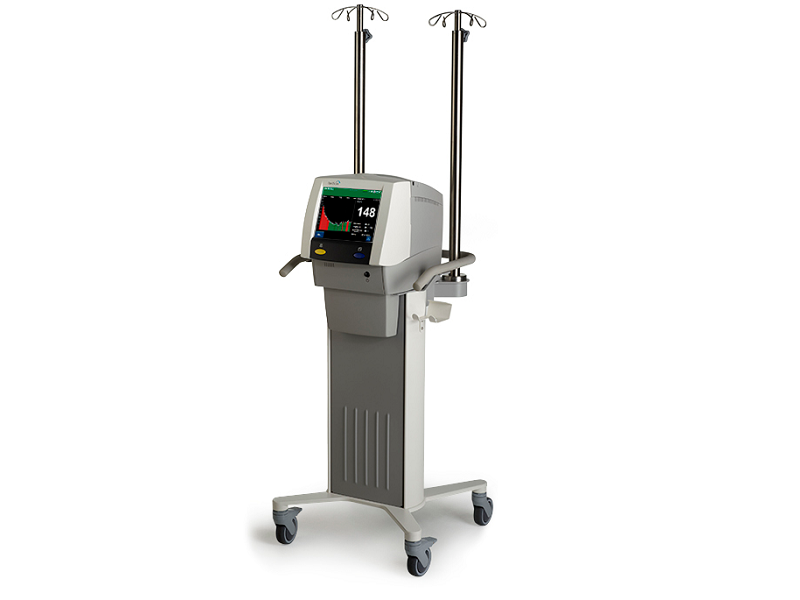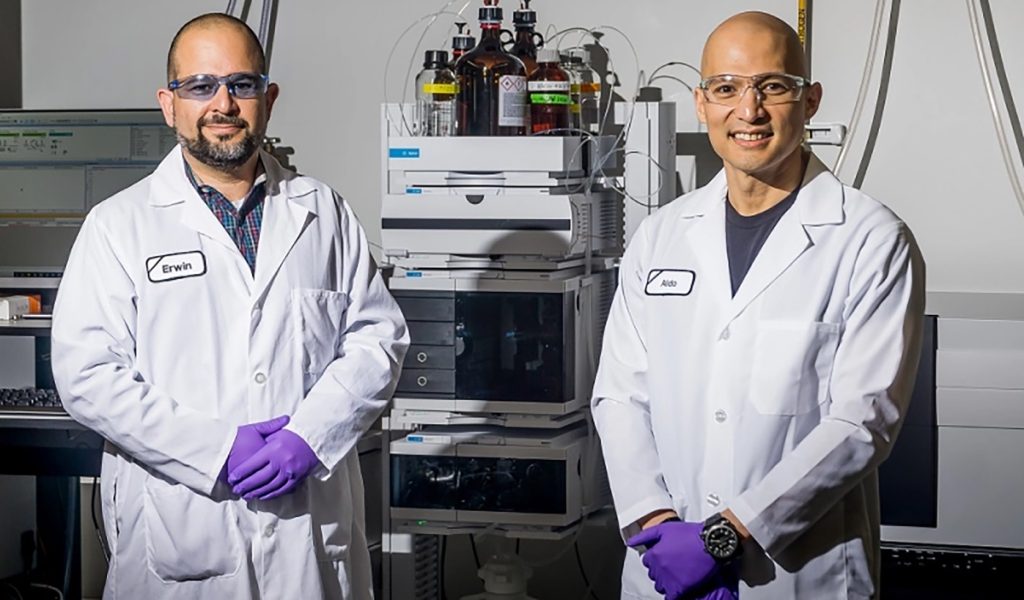
Since earning FDA clearance for its automated glucose monitoring system in 2017, OptiScan has introduced the device to select hospitals in the U.S. and Europe. Now, the company has raised $20 million in series E financing for a broader rollout of the system and to expand its platform to measure analytes other than glucose.
The system, called the OptiScanner 5000, is designed to provide continuous plasma glucose data for patients in the surgical intensive care unit (SICU). As many as 60% of ICU patients suffer from stress-induced hyperglycemia, a temporary spike in blood glucose levels, while a smaller percentage come into the ICU with pre-existing diabetes, said Patrick Nugent, OptiScan’s chief financial officer.
The OptiScanner takes measurements from a “microsample” of blood and separates out the plasma to be analyzed in an infrared spectrometer. It then displays a blood glucose reading on its screen, providing a new measurement every 15 minutes.
Automating the process also cuts down on the handling errors that may arise when manually drawing and testing a patient’s blood for glucose. As part of its commercialization drive, Hayward, California-based OptiScan has a number of post-market studies around continuous glucose monitoring in the ICU that are due to conclude over the next several months.
“We got FDA clearance toward the end of 2017, so for the past little over a year, we’ve been commercializing it in a select number of accounts in the U.S. and Europe. We’ve been selecting those sites as well as initiating some studies in those accounts to help us get proof points on utilization and efficiency around using the OptiScanner,” said OptiScan CEO Cary Vance. “Over the course of the coming several months, we will continue that track in 2019 and ramp up commercialization more broadly in 2020.”
The financing will also bankroll the expansion of OptiScan’s platform into other analytes, including lactate—which serves as a marker for mortality in patients with, or at risk of sepsis—and Scv02, a measure of oxygen saturation important in cardiac patients in the ICU. Its follow-up device, the OptiScanner 6000, has a CE mark for the continuous monitoring of blood glucose and lactate in a single blood sample and has been submitted for FDA review.
OptiScan hopes its device will become the first FDA-approved system for automated lactate monitoring. It presented data from a 200-patient U.S. trial this week at the International Symposium on Intensive Care and Emergency Medicine in Brussels showing a correlation between lactate levels and mortality in critically ill patients. As with near-continuous glucose monitoring, tracking ICU patients’ lactate levels every 15 minutes provides doctors more opportunities to detect early signs of sepsis and intervene. It also helps doctors figure out if the intervention they carried out worked, or if they need to try something else.
“There are four to five different things doctors can do to get a sepsis patient over the infection, such as antibiotics and resuscitation,” Nugent said. Compared to the current lactate testing frequency of every 12 hours, or a couple of times a day, the OptiScanner device would act as an “earlier alarm system” of a problem with the patient, he said.




